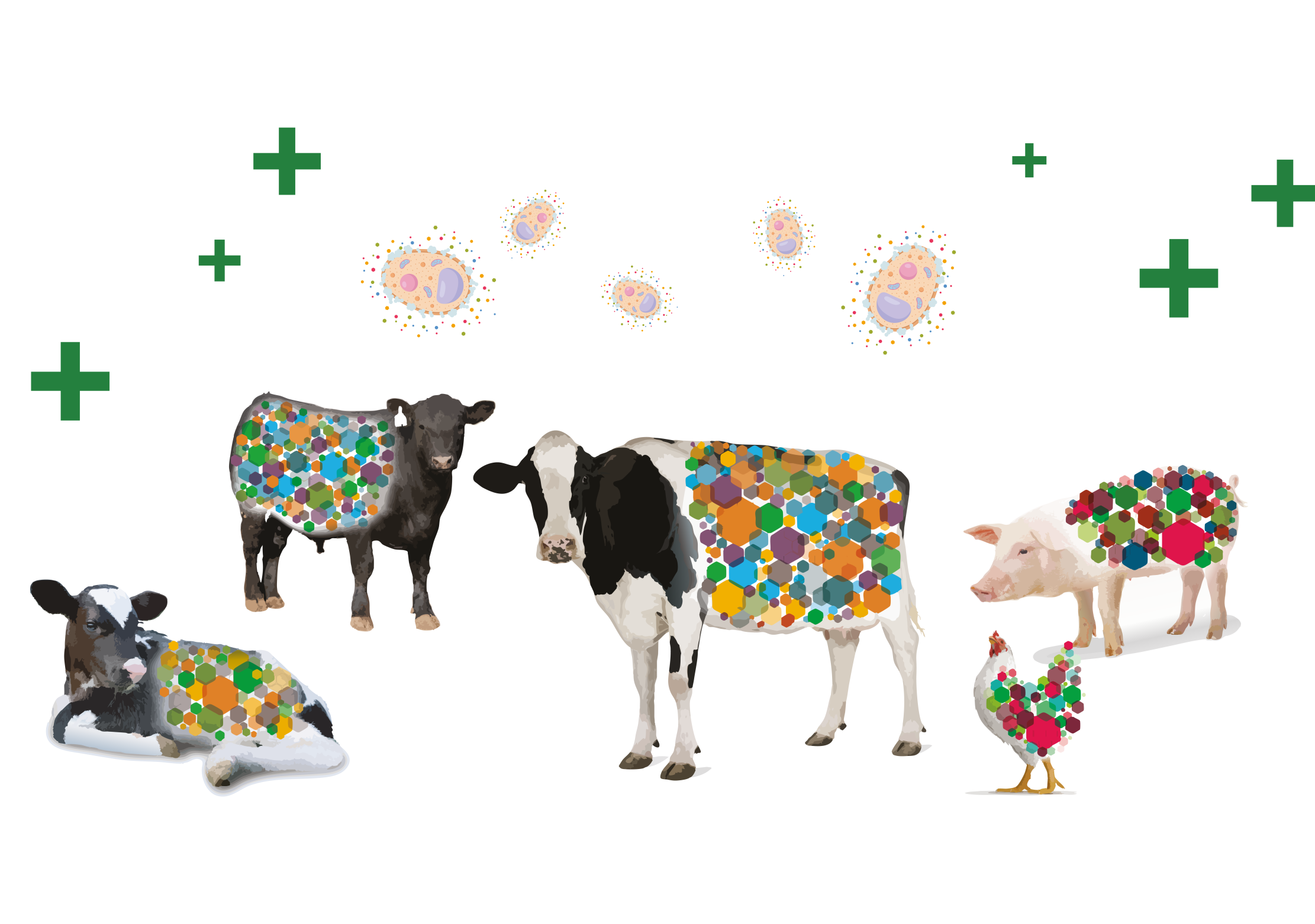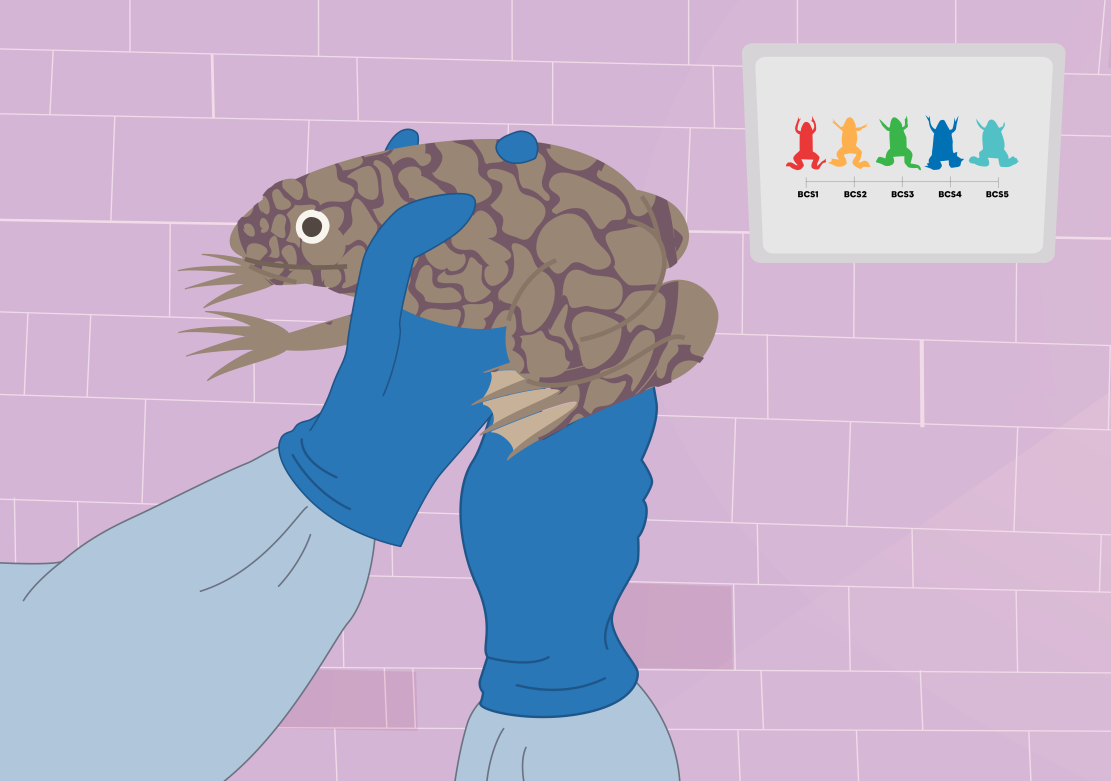Social work can sometimes be difficult to define or explain to the public. While many people have direct experience with teachers, nurses, or police officers, far fewer understand what social workers actually do. A research project by Professor Mark Doel at Sheffield Hallam University explores an innovative way to make social work more visible – through the display of meaningful objects. Read More
Doel created a website called ‘Social Work in 40 Objects’ where people could donate objects that connected them to social work, along with explanatory stories. Rather than relying on abstract definitions, this approach aimed to demonstrate social work through physical items that could be displayed. The project has been remarkably successful, so far attracting over 170 donations from 30 countries across five continents.
Objects range from practical things, such as a street map book used by a newly qualified social worker, to metaphorical objects, such as a candle representing hope, to deeply personal heirlooms, such as a French horn mouthpiece connecting a social worker to his estranged father.
Doel discovered that objects became most powerful when they acquired a special significance created when the object, the person, and the profession became fused into one story. For example, a small, painted model of the children’s TV character Postman Pat, made by a social worker’s son 25 years earlier, had accompanied her throughout her career. It served as a reminder of the tension between her roles as mother and professional.
In further research with colleagues Dr Soraya Espinoza Moraga, Dr Ramón Vivanco Muñoz and Irene Ibacache Calderón from Los Lagos University in Chile, Professor Doel compared two collections of objects and stories – one primarily from the UK and another from Latin America. The researchers identified three main categories: practical objects used directly in social work; symbolic objects that represent social work metaphorically; and totemic objects that have acquired special personal significance over time.
While the researchers expected cultural differences between the collections, they were surprised to find many similarities in how objects were used to express the complex nature of social work.
Both studies suggest that objects can communicate the complexities of social work in ways that definitions and texts cannot.
By connecting material things to professional stories, objects make social work more tangible and accessible to those unfamiliar with the profession. As Professor Doel and his colleagues note: ‘text books and definitions of social work are unlikely to touch the broader public, but perhaps stories of social work can.’







